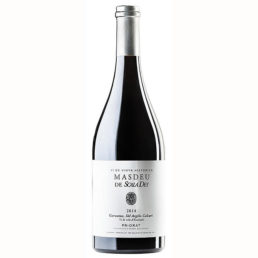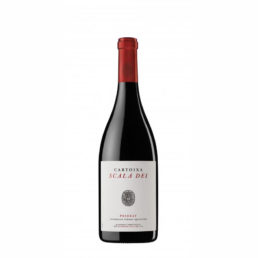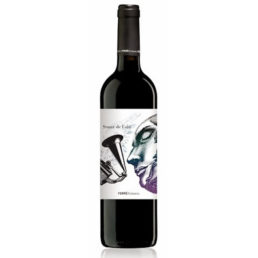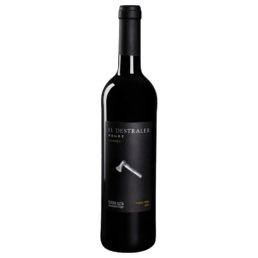VINIFICATION At the entrance in the cellar is done in a pre-maceration pre-cool the grapes during 24 hours. Long fermentation of 20 to 24 days with “pegeage” manual journal, using indigenous yeasts. Parenting 14 months in French oak barrels (Q. Petrea) of 225 liters, fine grain and medium toast-light. Maintained a minimum of 18 months in the bottle to get a good point of maturity. It is a wine with a character of breeding, due to its complexity. This is a wine technician who resists a lot of time in the bottle and can be consumed in excellent condition in the following 5 years old.
ACKNOWLEDGEMENTS
Medal of SILVER in DECANTER World Wine Awards 2015.
93 points Peñin Guide 2017
























































